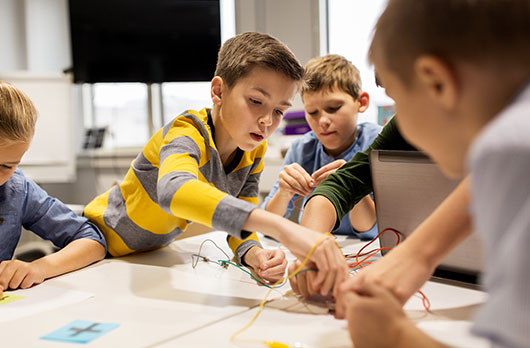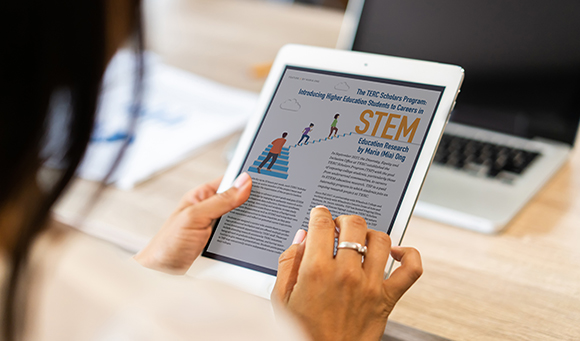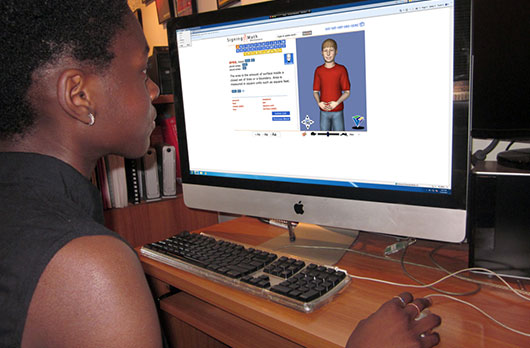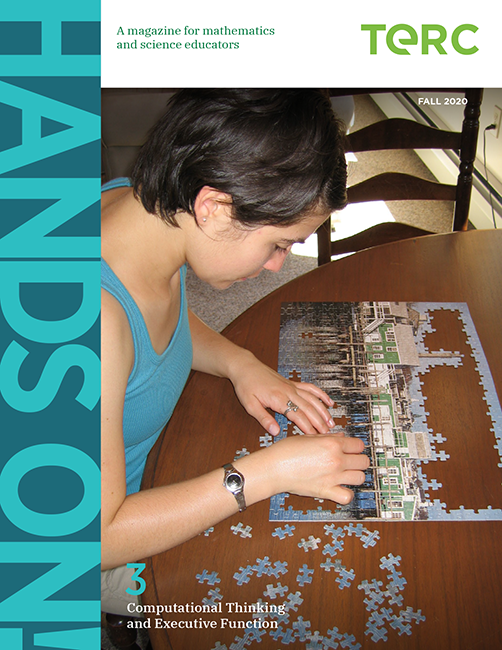
Robots in Science supports middle school physical science teachers to develop and implement integrated robotics units in their classrooms.
Score:
This study examines the long-term retention of algebraic understanding one year after a 3-year early algebra intervention.
Score:



TERC is looking for members of the STEM workforce who are deaf or hard of hearing to participate in the STEM Workforce Stories for Adolescents Who Are Deaf or Hard of Hearing project.
Score:
Articles include:
*Computational Thinking and Executive Function: Where Neurodiveristy Shines
*Introducing the Signing Bioscience Dictionary (SBD)
*Mathematical Argumentation, Open-ended Conjecturing, and Equity

TERC announces the appointment of Georgia Hall, Ph.D., Jay Labov, Ph.D., and Eleonora Villegas-Reimers, Ph.D. to its Board of Directors.
Score:

